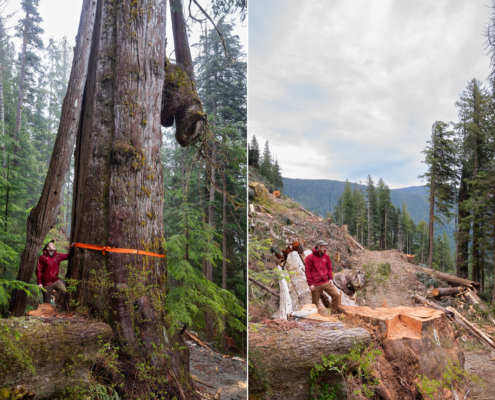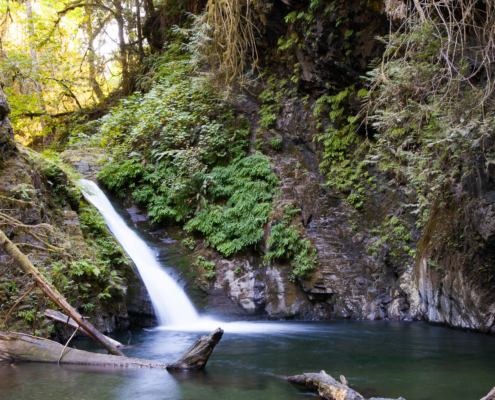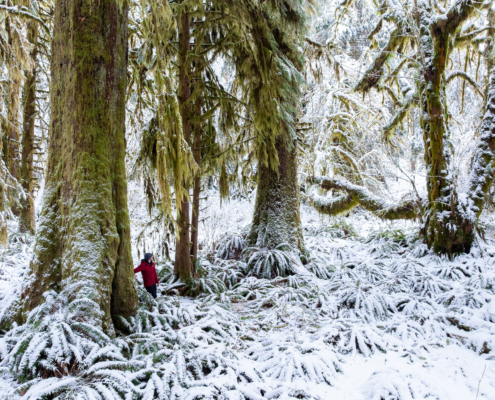
My Cowichan Valley Now: Conservationists call for BC forestry industry to be modernized
Conservationists call for BC’s forestry industry to be modernized amid ongoing US tariff threats.
Toronto Star: The best place to go forest bathing? The ancient groves of Vancouver Island offer a meditative journey back in time
British Columbia is home to some of the most enormous trees on the planet. Credit for the rise of tall-tree tourism here goes to the Ancient Forest Alliance, a charitable organization that advocates for protecting B.C.’s endangered old-growth forests.

On International Day of Forests, Conservationists Call for Modernization of BC Forestry Amid Tariff Threats
On International Day of Forests, conservationists call on the BC government to protect old-growth forests and to modernize the province’s forest industry in response to growing challenges, including the threat of escalating U.S. tariffs.

Thank you to these incredible businesses for their support!
Our business donors are a critical part of the engine driving our old-growth campaign forward. We extend our sincerest thanks to the following for standing with us in our mission!

Photos: Mossome Grove & Port Renfrew in the Snow
See photos from the magnificent Mossome Grove and the Port Renfrew region standing hushed under a soft blanket of winter snow.

Thank you to our corporate matching donors!
The ability to receive vital funding through corporate matching programs is another positive aspect of becoming a registered charity.
